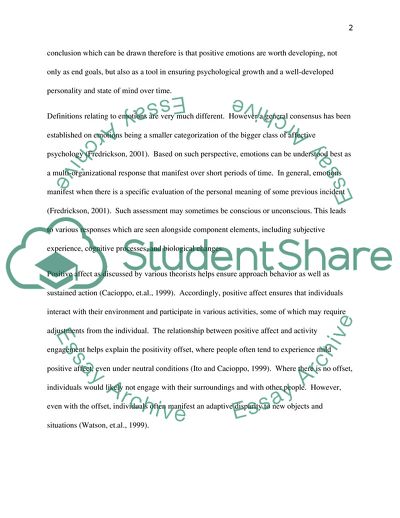Cite this document
(The Aspects of Positive Psychology Coursework Example | Topics and Well Written Essays - 4000 words, n.d.)
The Aspects of Positive Psychology Coursework Example | Topics and Well Written Essays - 4000 words. https://studentshare.org/psychology/1802081-write-a-paper-on-one-aspect-of-positive-psychology
The Aspects of Positive Psychology Coursework Example | Topics and Well Written Essays - 4000 words. https://studentshare.org/psychology/1802081-write-a-paper-on-one-aspect-of-positive-psychology
(The Aspects of Positive Psychology Coursework Example | Topics and Well Written Essays - 4000 Words)
The Aspects of Positive Psychology Coursework Example | Topics and Well Written Essays - 4000 Words. https://studentshare.org/psychology/1802081-write-a-paper-on-one-aspect-of-positive-psychology.
The Aspects of Positive Psychology Coursework Example | Topics and Well Written Essays - 4000 Words. https://studentshare.org/psychology/1802081-write-a-paper-on-one-aspect-of-positive-psychology.
“The Aspects of Positive Psychology Coursework Example | Topics and Well Written Essays - 4000 Words”. https://studentshare.org/psychology/1802081-write-a-paper-on-one-aspect-of-positive-psychology.


